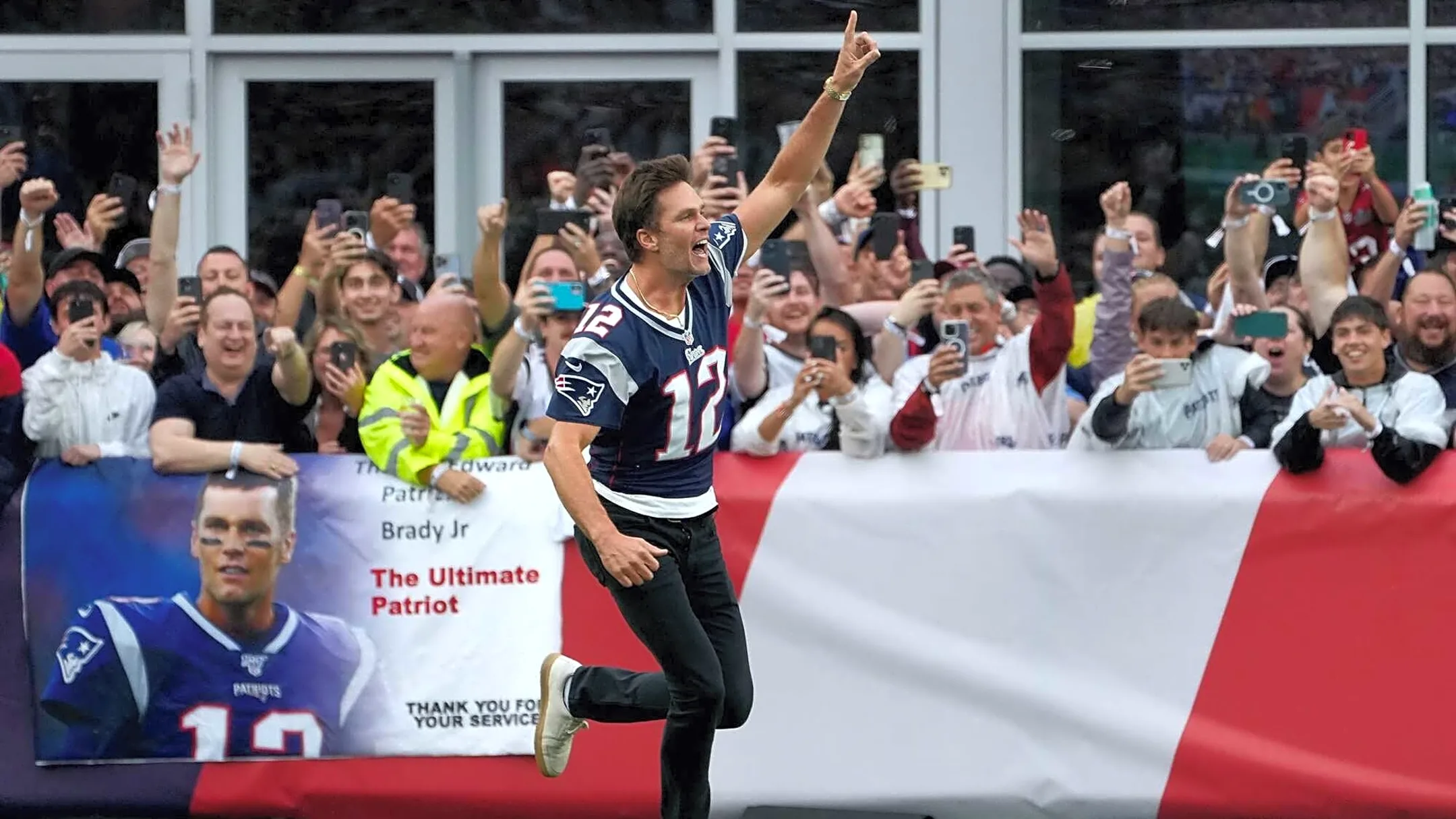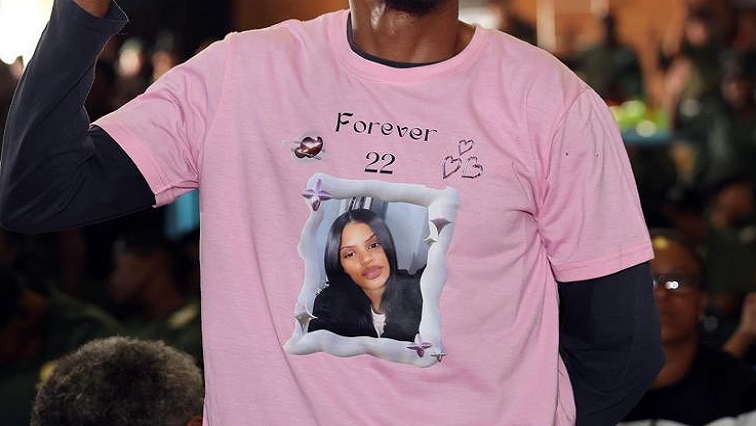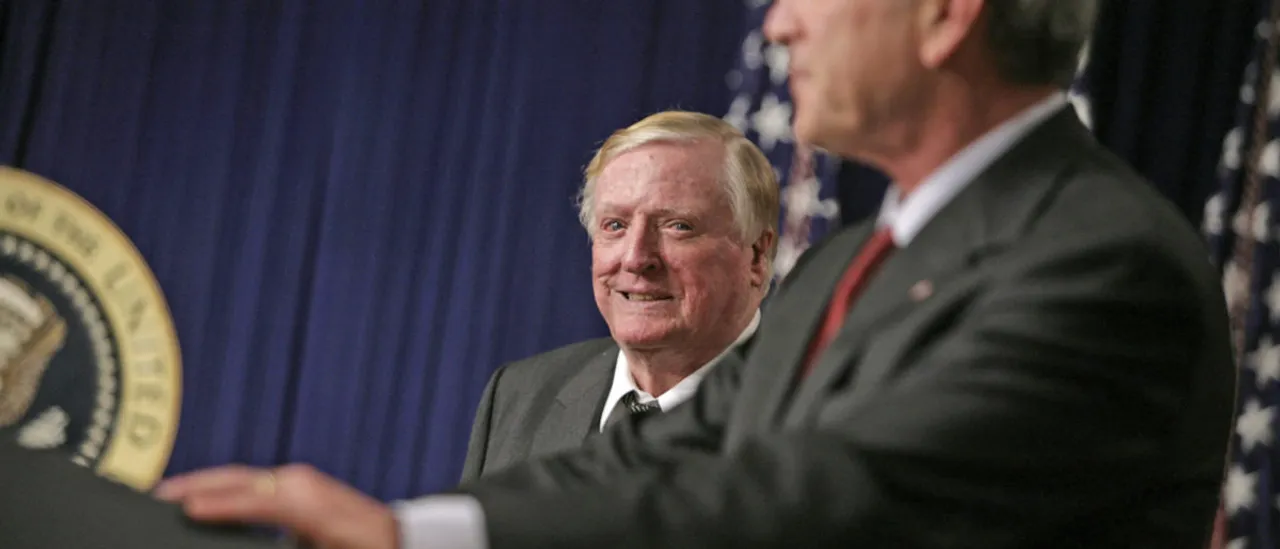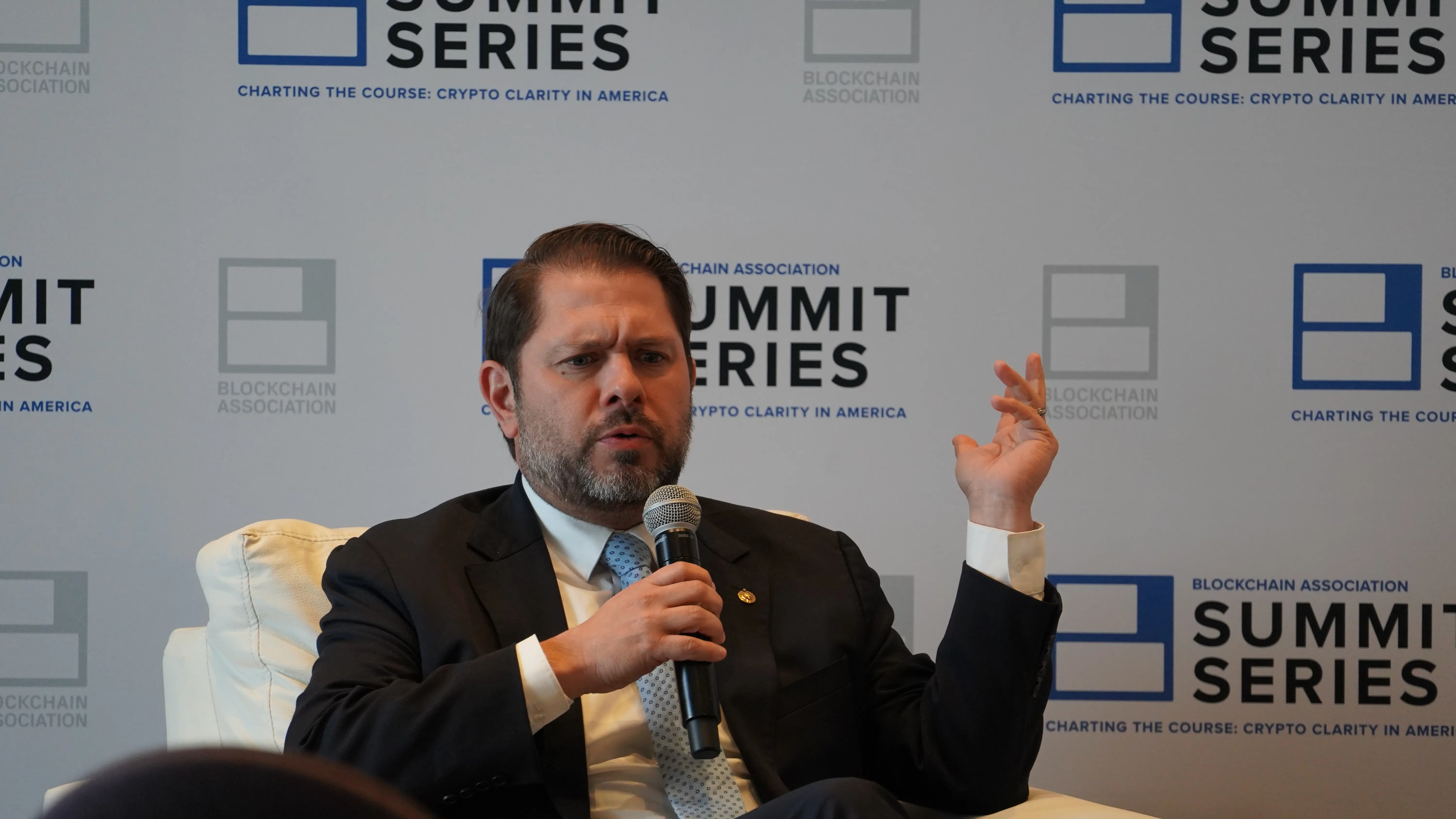By Timothy Noah
Copyright newrepublic
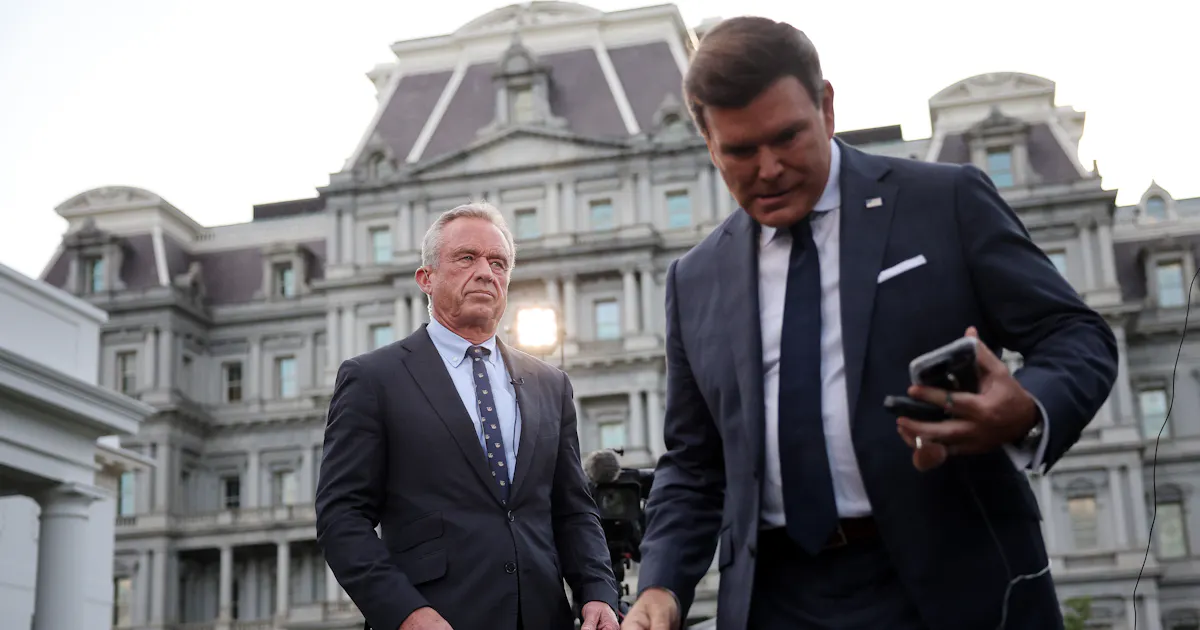
I can’t overemphasize how weird everybody found prescription drug TV commercials at first. As late as 1984, most of the pharmaceutical industry was deeply wary of direct-to-consumer marketing. “We believe that the need for the physician’s supervision of any prescription drug taken by the patient is paramount,” said a vice president for Eli Lilly that year. Amen. The chairman of Upjohn and a vice president at Schering-Plough said much the same.
But the TV commercials kept coming, and the president was a guy (Ronald Reagan) who wanted government to get out of industry’s way. So in 1985 the FDA said all right, fine, they’re legal provided the ads disclose possible side effects and other relevant consumer information. When that proved cumbersome, the FDA threw up its hands and created the adequate provision loophole. (That happened, one academic history notes pointedly, very soon after David Kessler, a reform-minded FDA commissioner and a stern critic of drug advertising, departed the agency.) By then, Big Pharma had shed all its inhibitions about marketing direct to consumers. “The industry had won,” observed Dylan Scott in a 2015 Stat story. “Spending on all direct-to-consumer advertising ballooned from $360 million in 1995 to $1.3 billion in 1998. By 2006, it hit $5 billion, and most of that was on television commercials.”
The American Medical Association doesn’t want direct-to-consumer prescription drug ads reformed; it wants them banned—and it was on the scene well before Kennedy sidled up to Trump. In a 2015 statement, the AMA blamed the ads for driving up drug costs, both by increasing Big Pharma’s marketing costs and by inflating demand for expensive drugs that “may not be appropriate” for all the patients to whom its wares were marketed.
